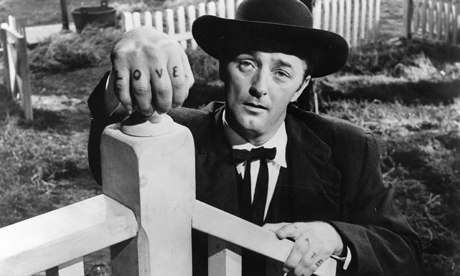Ultra Vivid Lament, the Manics’ fourteenth long player, was released at the end of the summer of 2021. The album was composed and recorded during the COVID pandemic and the band talked a lot in interviews about how much it had been informed by their experiences of the lockdown. (Aside from anything else it had given James Dean Bradfield the opportunity to go back and re-learn the piano, something which had a significant impact on how the band wrote the music for the record). It is unsurprising then that Ultra Vivid Lament turns out to be so obsessed with (coming to terms with) ageing and mortality, or that it sounds as elegiac as it does. In fact not only was the period of the album’s gestation marked by one of the most disruptive pandemics of the last hundred years or so but also by the loss of both of lyricist Nicky Wire’s parents.
Low on obvious hooks, and with the choruses peaking somewhere just below the threshold of memorability, Ultra Vivid Lament is not an immediate album by any stretch of the imagination. Given enough listens however it turns out to be a reasonably affecting one, with the arrangements, instrumentation and vocals doing a lot of the heavy musical lifting in compensation for the unobtrusive melodies. The overall effect is poignant in the warm, unassuming manner of bands like Shack or Elbow and it all feels somehow appropriately middle aged. The album is heavily suffused with the glow of nostalgia right from its very first track, ‘Still Snowing in Sapporo’, the title and lyrics referencing the band’s 1993 tour of Japan (the year is mentioned in the very first line of the song). The song, which sets the wintry/autumnal tone for everything that is to follow, constitutes a clear highlight on a record which generally makes single track highlights difficult to pick out: precisely because of how homogeneous and of a piece it all is (having said that however, I would also like to single out ‘Diapause’, with its affecting lament of “I built so many walls”, as well the late and sorely missed Mark Lanegan’s star vocal turn on ‘Blank Diary Entry’).
Continue reading “Ultra Vivid Lament (2021)”









